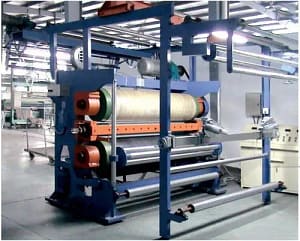In the core processes of leather processing, including tanning, soaking, drying, dyeing, and finishing, traditional production techniques rely heavily on high energy consuming equipment such as steam boilers and thermal oil furnaces, resulting in energy waste rates of up to 40% -60%. Direct discharge of waste heat not only leads to low energy utilization efficiency, but also faces the risk of environmental fines.

[Qi Yu] Waste Heat Recovery Solution
Zibo Qiyu has been deeply involved in the research and development of plate heat exchangers for 15 years. Based on the characteristics of leather technology, Qiyu has developed a three-level system of "pre recovery+deep recovery+intelligent management", achieving a waste heat utilization rate of ≥ 90% and reducing gas consumption by 40% -60%. working principle:
Using stainless steel plate heat exchangers, the waste heat (50-80 ℃) from tanning tanks and immersion tanks is recovered and used to preheat fresh water or chemical raw materials (such as tannin extract and dyes), thereby reducing steam consumption by 25% -35%. The reaction efficiency of preheated raw materials is increased by 20%, and the tanning cycle is shortened by 12%. Introducing waste heat pump technology to boost low-grade waste heat (30-50 ℃) to above 80 ℃ for constant temperature use in the dyeing workshop; Equipped with a digital management platform, real-time optimization of production line energy consumption models.
Our advantages:
We have jointly developed with the Department of Thermal Engineering at Tsinghua University and hold 12 patents for waste heat recovery;
Member unit of China Energy Conservation Association and Vice President unit of Shandong Energy Conservation and Environmental Protection Industry Association.
We will use plate heat exchangers to lock in every minute of heat energy, making green production within reach!
Please feel free to contact me at any time.





















